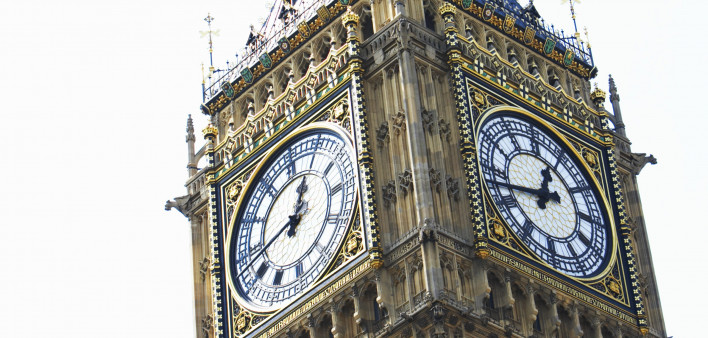The United Kingdom’s HIV epidemic is seeing swift improvements, as rates of successful treatment of the virus hit high levels and diagnosis rates decline dramatically.
Public Health England released its 2018 report on the HIV epidemic in the United Kingdom, in which it outlined declining rates of diagnosis of the virus among heterosexuals, men who have sex with men (MSM), U.K.- and foreign-born individuals, all races and age groups, and in almost every region.
In 2014, the Joint United Nations Programme on HIV/AIDS (UNAIDS) called on nations to get 90 percent of their HIV populations diagnosed, 90 percent of that group on ARVs and 90 percent of that group virally suppressed, accomplishing this by 2020. The United Kingdom has already bested these targets by far, achieving the equivalent of 92-98-97 according to the formula. This means that 87 percent of the country’s HIV population has an undetectable viral load—compared with a 73 percent target based on the 90-90-90 targets—which means they have effectively zero chance of transmitting the virus.
Between 2016 and 2017, new diagnoses fell by 17 percent overall. Among MSM, annual diagnoses fell 32 percent since their peak in 2015, from 3,390 to 2,330. The number of people who had a CD4 count below 350 when they were diagnosed, which is considered a late diagnosis, also declined.
Public Health England estimated that the actual number of annual HIV transmissions among MSM peaked in 2012 at 2,700 and then declined by 56 percent to 1,200 in 2017.
An estimated 3,000 MSM in the United Kingdom were taking Truvada (tenofovir disoproxil fumarate/emtricitabine) as pre-exposure prophylaxis (PrEP) in 2016, a figure that grew to about 15,000 in 2017. Meanwhile, in 2016, 60 percent of MSM who participated in a survey in London reported condomless anal sex during the previous three months, down from 43 percent in 2000.
To read the aidsmap article, click here.
To read the report, click here.







Comments
Comments